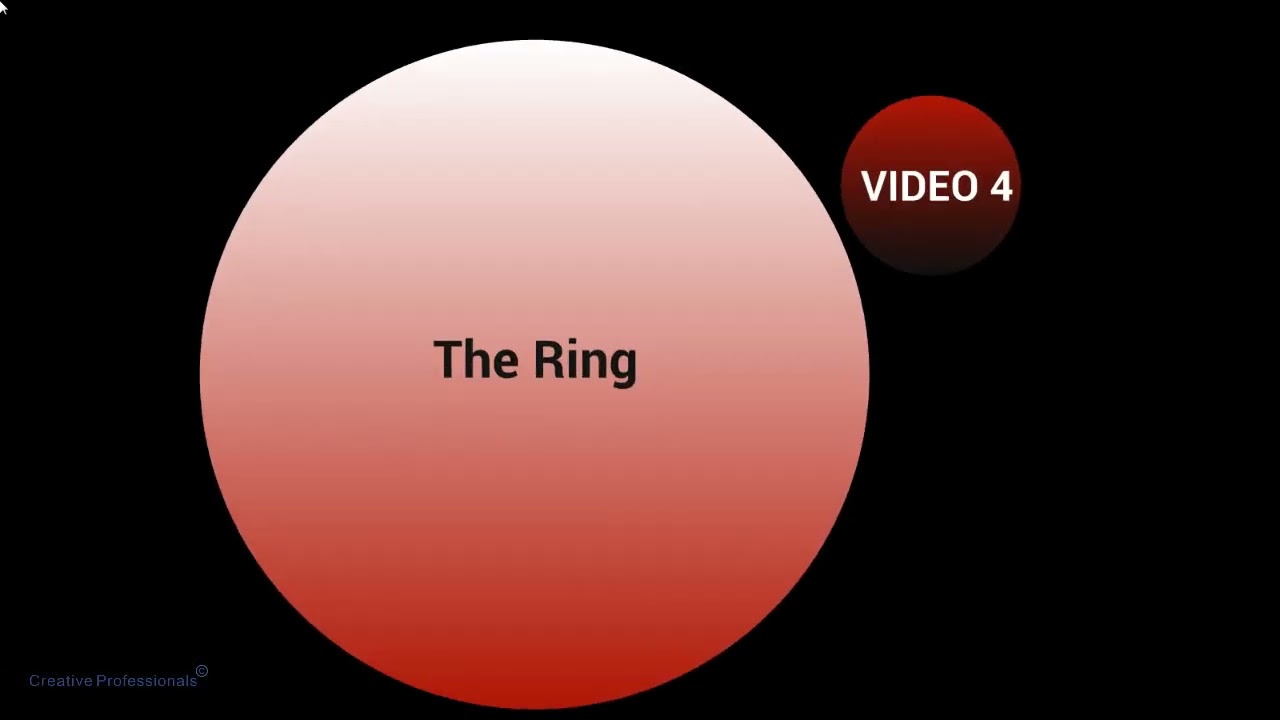
#video#youtube#free#edu#tutorial#Education#cource#digital#live#vlogs#blog#new#trending#today#mobile#insta#easy#skill#share#market#professional
YouTube SEO is a strategy for optimizing channels and videos to improve placement in search results. YouTube is the largest video platform on the internet and is also considered one of the biggest search engines. So it is important to know how to optimize your content for the platform
SEO strategies for YouTube are increasingly employed by brands. After all, who wouldn’t want to be at the top of the search results for the largest video platform on the web?
YouTube is an internet phenomenon. Created in 2005, it won over so many users that it caught the attention of Google. It did not take long for it to be bought by the search engine company in 2006 and become a giant.
The platform played an essential role in transforming videos into one of the main content formats, both for consumption and for Digital Marketing.
Thanks to it, videos have become accessible: today any person—or brand—can publish and watch a multitude of audiovisual content on the web.
And, with such a multitude of videos on the platform, YouTube was forced to organize all this content in its search engine.
To have a good experience on the platform, users should be able to easily find videos of interest. Therefore, the platform created an algorithm capable of ranking the best content for each search.
Because of that, channels today have a challenge: whoever wants more visibility, must adopt strategies to optimize the videos so that they appear in a better position.
We call these strategies YouTube SEO. And that’s what we’re going to talk about in this article. Keep reading to learn everything about this subject!
What is YouTube SEO?
Before you learn what YouTube SEO is, it is important to take a few steps back and understand what SEO is.
Search Engine Optimization is the set of strategies for optimizing the user experience that aims to improve a page’s positioning on search engines.
It encompasses programming, design, content production and the relationship with other sites, so that search engines consider that page is the best result for what the user is looking for.
Of course, when it comes to SEO, what you want is to reach the top positions of Google Search. After all, this internet giant dominates over 90% of searches worldwide.
Bing, Yahoo! and Baidu are the other search engines that keep the rest of that share.
Google has a mission: “to organize the world’s information so that it is universally accessible and useful for everyone”. In other words, when crawling, indexing and ranking web content, the search engine wants users to find the best results for their searches.
For this, Google has developed an intelligent algorithm that is capable of identifying the pages that offer a good experience. It also eliminates those that use spam, plagiarism or other malicious practices from the results.
That said, let’s now understand what YouTube SEO is.
Search engines exist in many other places on the internet. When you access a website, for example, there is usually a search feature there, which finds internal content. On social media sites, there is also an internal search engine.
This also happens on YouTube, which offers its own search system so that users can easily find the channels and videos they are looking for.
How does YouTube SEO work?
YouTube was purchased by Google. Therefore, it adopts the same search intelligence as the search engine and has the same purpose: to offer the best search experience to the user.
In this video, YouTube itself gives a brief explanation of how its search algorithm works:
When the user types a search term on YouTube, the platform’s robots scour across all the channels and videos to deliver the best results to the user in order of relevance.
And, to determine which are the best results for each person, the algorithm considers several factors.
User search and browsing histories—just like on Google—are important points for customizing the results page. But, for those who publish content on YouTube, it is important to know that the algorithm also has channel engagement and optimization criteria to rank the results.
For example: a video that correctly fills in the title, tags and description fields tends to have a better placement than one that does not.
A YouTube channel that tends to receive a lot of comments and likes also positions itself better than one that doesn’t have good engagement.
Why does this happen? Because the platform understands that these videos deliver a more valuable experience to the user.
And that’s also what Google’s own algorithm understands. As the search engine and YouTube belong to the same company, there is an integration between the platforms.
So, when someone searches on Google, the search engine also presents a carousel of video content, both from YouTube and other platforms, that are more relevant to that search.
Like,share,subscribe
source







